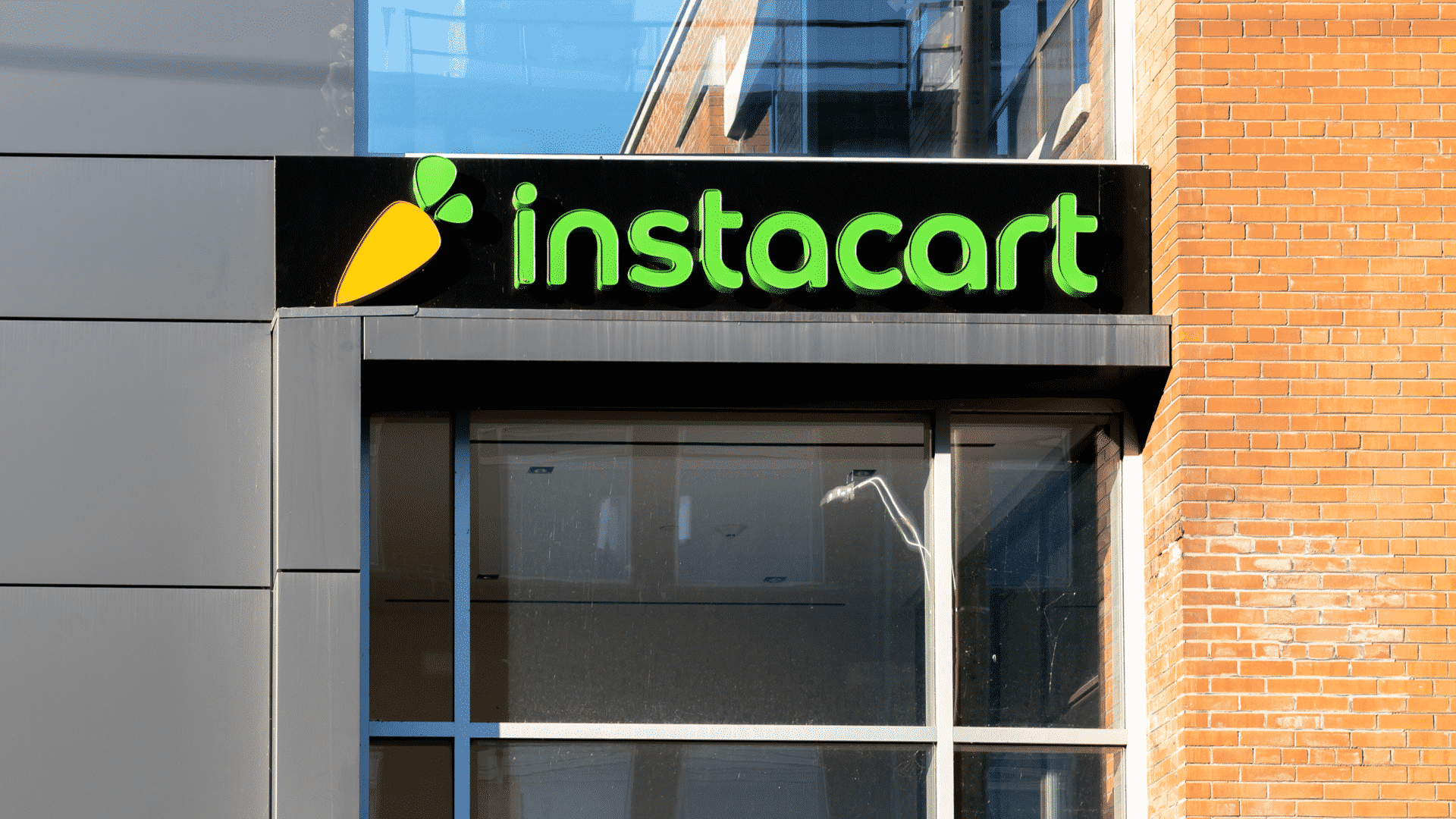
Last week, Instacart, the platform that offers grocery delivery and pick-up from local stores, announced new Instacart Ads products that boost CPG brand exposure to customers. The new products include brand pages and display ads available through Instacart’s Ads Manager portal, providing reporting for brands through data insights and shopping behaviors on Instacart.
Brands can then use these insights to identify advertising goals, set budgets and bid for Sponsored Products on Instacart.
Why we care. These new ad tools and brand pages presumably put CPG brands in the driver’s seat, allowing them to speak more directly to customers.
The problem is that retail grocers are at risk of getting left out in this relationship. And as with any other single ad environment, it also creates the potential for a bidding war between competitors. Instacart wins in both scenarios.
Grocer-agnostic consumers. The new data that brands gain through Instacart are grocer-agnostic. It turns out that in the competitive landscape helped along by digital disruptors like Instacart, many consumers similarly don’t care who their grocer is.
Sean Turner, chief technology officer for digital loyalty platform Swiftly, points to a recent study specifically about Instacart users, finding that 43% would stick with Instacart if the retailer they used left the platform. They’d just find another grocer who uses Instacart.
“Instacart has eroded brand loyalty to retailers,” Turner said.
Widespread disruption for retailer grocers. It’s a big word for “getting in the way and disrupting” – disintermediation. But this is just what Instacart has been doing in recent years.
“Instacart was initially helpful for grocers without the resources to scale up and meet customer demand quickly to drive incremental volume,” said Turner. “But Instacart is ultimately hurting these grocers by disintermediating the customer relationship and taking the digital advertising dollars that rightfully belong to the retailer in the process.”
Owning the customer relationship. All is not lost if grocers make customer relationships a priority, especially with the digital experience. Retailers big and small that, instead, outsource these experiences, will lose control of their own destinies.
Read more: Best Buy announces in-house ad network Best Buy Ads
“This year, the grocers that rise to the top will be those that own the digital relationships with their customers and give CPG brands the ability to offer dynamic ad placements giving customers an ultra-personalized shopping experience both online and in-store,” Turner explained.
Improving ad experience. Big brands will always be in competition for brand reach and sales. They want to advertise, and those dollars will go to the retailer, publisher or third-party seller that can provide those advertising opportunities.
In this way, Instacart’s ad play is the other side of the coin to big box brick-and-mortar retailers like Best Buy and Walgreens who have launched in-house advertising services.
“Instacart is positioning itself as a solution to competitors while continuing its mission to become a retailer,” said Turner. “We can see this with its strategic technology acquisitions over the past year, its emphasis on building robotic warehouses, and most recently, its expansion of digital advertising tools.”
He added, “The delivery company is strengthening its relationships with CPG brands to monetize Instacart’s digital relationship with the grocer’s customers. By allowing Instacart into their doors, grocers may lose their ability to leverage relationships with CPG partners and monetize retail media opportunities.”





